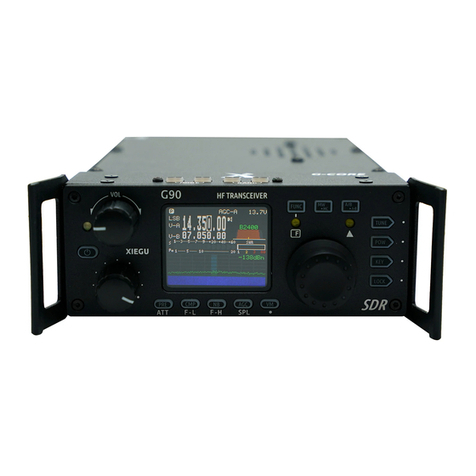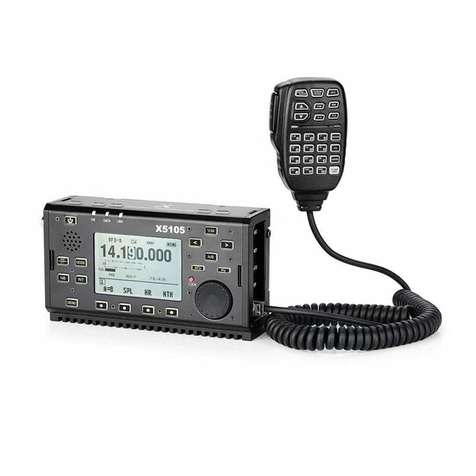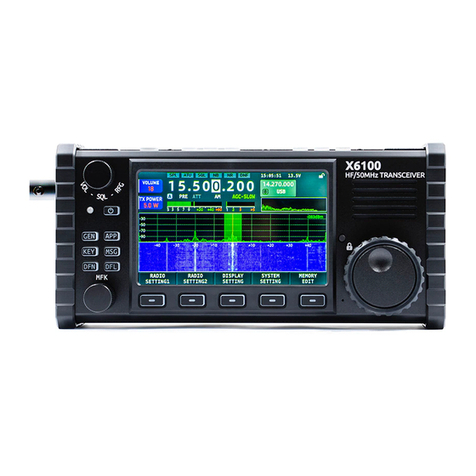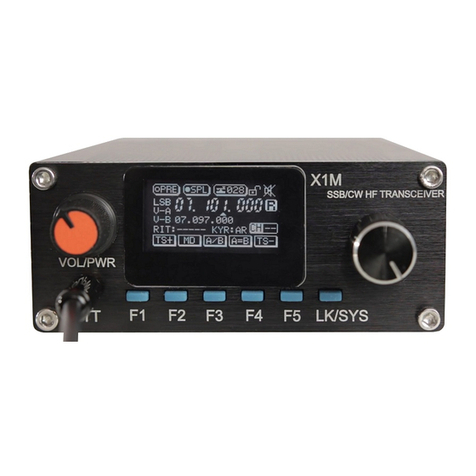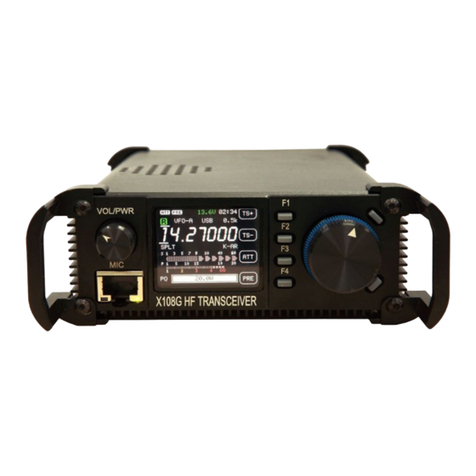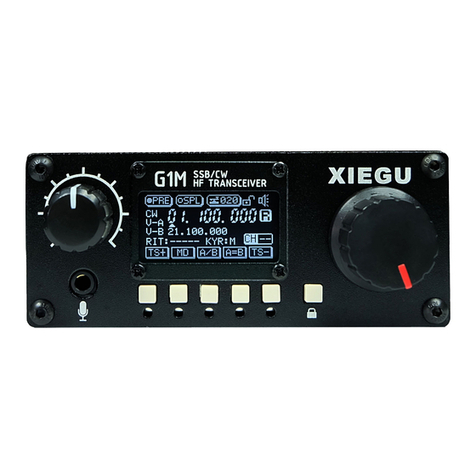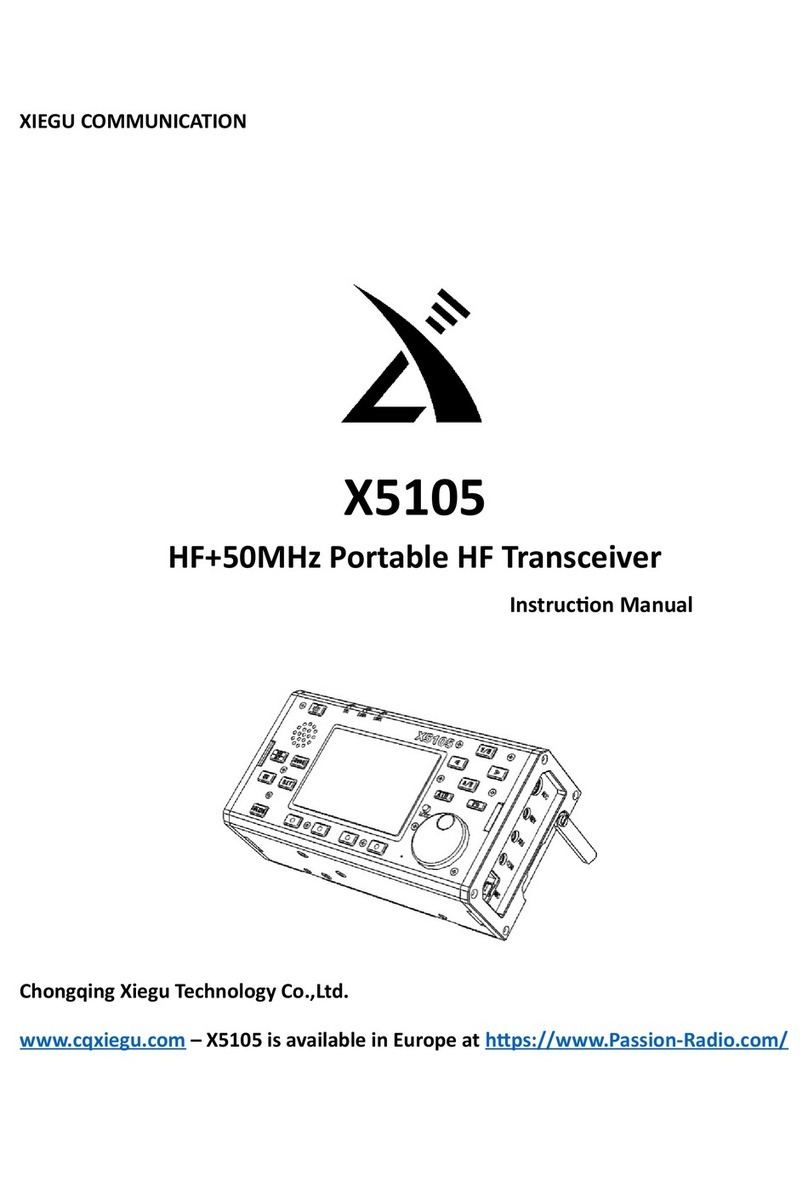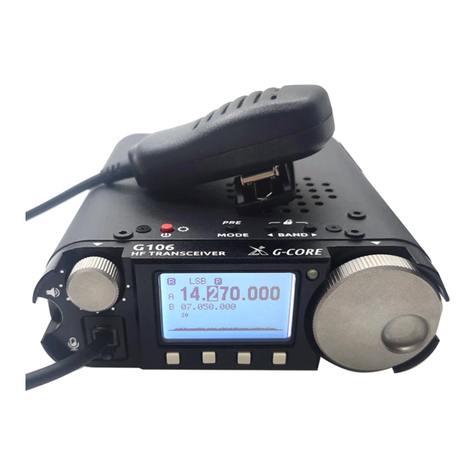Charging and maintenance of internal battery
X5105 has a built-in 3800mAh battery pack. When the external power supply is not
connected, the battery pack supplies power to the X5105, when the X5105 is connected
with an external power supply, the circuit inside the machine automatically switches to
the external power supply.
Charging method:
1In the menu-7, select [CHG], select “CHG ON”, start charging function.
2select “Charger ON”, Start boot-strap charging function.
3Select “Charger OFF” Shut down boot-strap charging function. If it is power off, then
the default is start boot-strap charging function.
4The external power supply voltage is set between 13.5V-15.0V and the power supply
is connected to the X5105 external power supply.
The host will automatically start charging.
5The maximum charge time is about 12~15 hours. When the battery is full, the
charging will stop automatically.
When the battery is powered for X5105, when the battery power is about to run out, the
power indication sign on the upper right corner of the screen is displayed as . At this
point, the X5105 should be charged or switched to an external power supply. During the
charging process, the casing of the machine has a slight fever.
Normally, the lifetime of the internal battery is about 3 years. When there is a significant
drop in capacity or charging failure, contact the dealer to replace the battery (outside
the warranty period, you will be charged for a fee).
When using an external power supply, do not exceed the rated voltage of the device,
otherwise it will cause damage to the device.
Please turn off the power immediately when the machine shell is very hot near the
battery, and put the equipment in a safe and ventilated place. After confirming the
safety situation, please contact us for proper handling.






